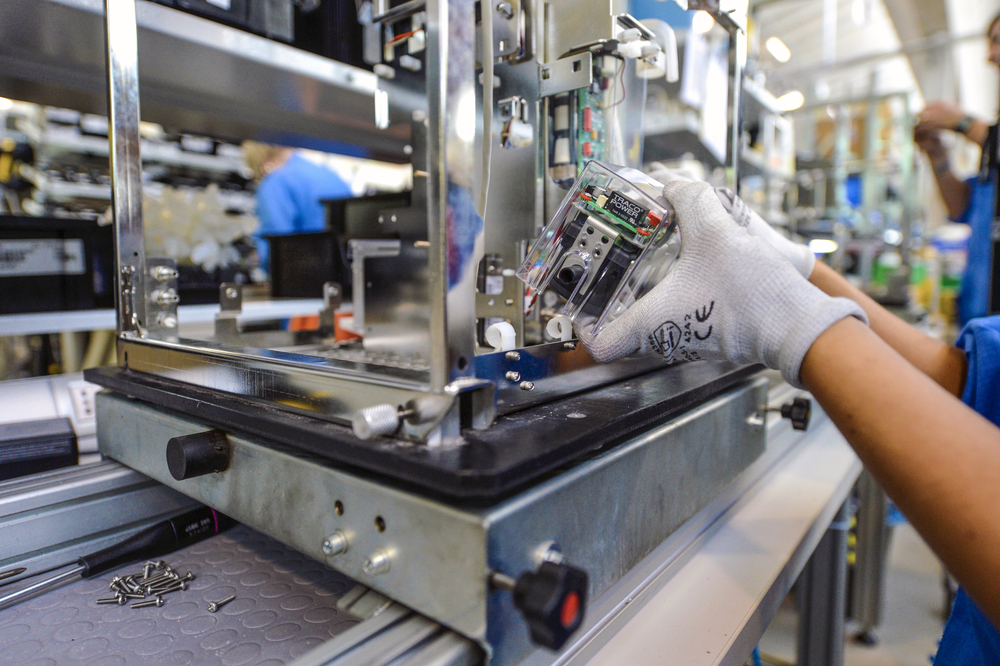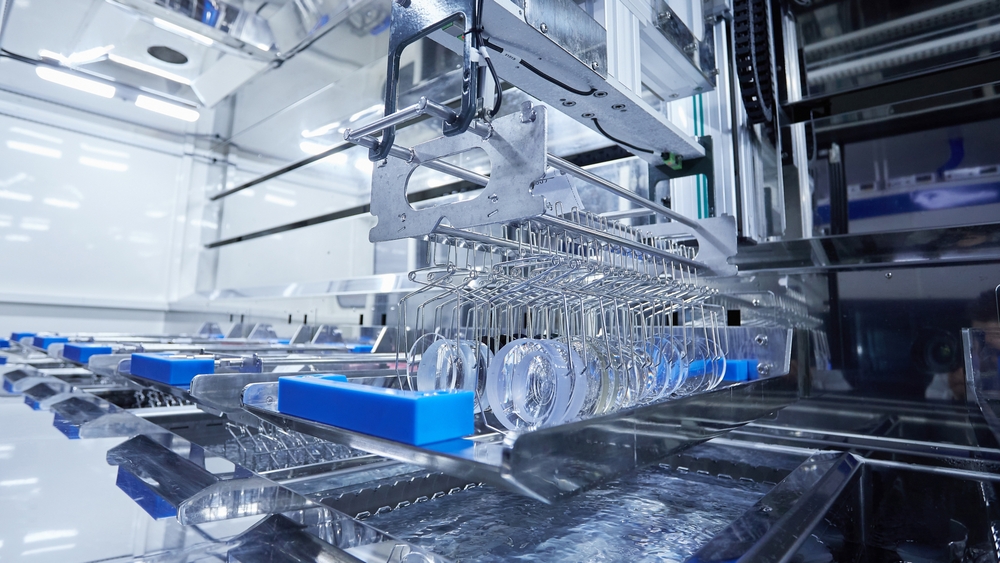Automation is Paving the Way for Excellence in Medical Device Manufacturing

The medical device manufacturing industry is a massive market, representing over $185 billion in the U.S. alone. Medical devices range from simple diagnostic tools to highly complex surgical instruments. As demand for these devices continues to skyrocket, global sales are expected to surpass $800 billion by 2030.
To meet the growing demand, manufacturers are turning to automation. In this article, we’ll discuss how automation is changing the face of production for medical devices, the benefits it brings to the table, and the future implications for the industry.
The Need for Medical Device Automation
Historically, the manufacturing of medical devices has been a labor-intensive process, demanding careful attention and manual precision not available from machines. While effective at producing high-quality devices, these methods have scalability and precision limitations. Automation and industrial robots offer a path to address both these problems head-on.
4 Benefits of Automation within the Medical Device Industry
The medical device industry is embracing automation, but has not yet reached the adoption rates seen in the automotive, pharmaceutical, and electronics industries. Here, we delve into four transformative benefits that automation brings to the medical device manufacturing landscape.
1. Controlling Consistency
Automation guarantees that every device produced meets the same standards. The FDA found that a significant portion of product recalls in the medical device sector were due to manufacturing inconsistencies.
By harnessing the meticulous precision of automation, these variations are significantly curtailed. Every device that rolls off the production line can adhere to the strictest standards, reducing the risk of recalls and bolstering trust in the final product.
2. Adaptive Manufacturing
The world of medical devices is dynamic, with constant innovations and updates. Unlike traditional systems that might require manual reconfigurations or extended downtimes for adjustments, automation can seamlessly transition to accommodate new designs or modifications. This fluid adaptability ensures that the manufacturing line is not just up-to-date, but also primed for future advancements.
3. Reducing Waste
Automated systems can accurately measure and allocate materials, preventing overuse and reducing the amount of discarded or unused components. With precise operations, there’s a significant reduction in material wastage, leading to cost savings and a more sustainable production process.
4. Boosting Productivity
Automation isn’t just about speed, it’s about scale. Automated production lines can operate 24/7, maximizing volume by avoiding the downtime of manually operated lines. Implementing automation, companies can expect a 20-30% increase in productivity!
How to Measure Automation Success

As with any significant investment, businesses often ask: “How do we gauge the success of our automation initiatives?” This measurement of success hinges primarily on calculating Return on Investment (ROI). By comparing the initial costs of automation to the financial gains from increased production efficiency, companies can gauge the effectiveness of their automation implementation.
The Road Ahead
The integration of automation in medical device design and manufacturing is not a trend, it’s a paradigm shift. Companies like Boston Scientific and Johnson & Johnson are investing heavily in automation, preparing for a future where technology and healthcare manufacturing are inextricably linked.
If you’re looking to stay competitive and future-proof your manufacturing processes, now’s the time to consider integrating automation into your own facilities. The RōBEX process infographic offers a clear snapshot of our client-centric approach. From the initial meeting and transparent design reviews to on-site installation by our skilled technicians, we’re with you at every juncture.

